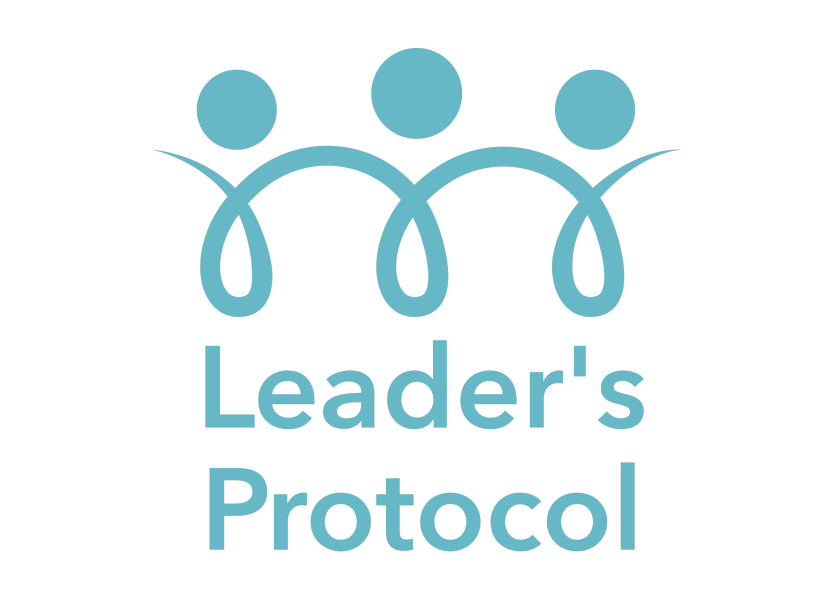“I thought the priorities were very clear. We have a tight timescale to deliver. What were they thinking working on that, when there’s way more important things to fix”.
INTRO
In the fast-paced world of fintech, clear priorities and effective collaboration are vital for success. However, a post-Series A fintech company recently engaged me as it faced challenges which they felt were due to an org model they had outgrown. The CEO and COO were frustrated with the team’s progress, questioning why important issues were being overlooked in favour of what they referred to as admin level work being prioritised. This case study explores their story; complexities of their roadmap, the fragmented approach of separate teams, reactive changes, pivots in focus, communication, and a hunger for clarity and alignment. By prioritising these challenges head-on, the organisation concluded the cause of the issues was not the org model and decided on a different path to develop a cohesive and high-performing team.
CURRENT SITUATION – PROBLEM STATEMENT
Within the fintech industry, complex roadmaps with numerous activities are commonplace. In this organisation, the roadmap was no exception, posing a challenge for several teams. With each team working very hard, and largely in isolation, they lacked a collective focus, their progress was hindered, and company level priorities became blurred. Additionally, frequent reactive changes from various stakeholders, including the people who’d engaged me further contributed to the lack of clarity and alignment.
The C-suite leaders, including the CEO and COO, grew increasingly frustrated with the situation. They believed that progress could be achieved at a faster pace and sought to address the underlying issues – the organisation was not fit for purpose. They had a point and we agreed it certainly needed a refresh and I wondered if there were other considerations too that were maybe much closer to home. Line managers and team leaders shared similar frustrations to me, while the product teams didnt really have time to talk, and were diligently working very hard and apparently lacked the necessary alignment and cohesion to deliver optimal results.
UNDERSTANDING THE ROOT CAUSES
To identify the root causes of the challenges, a one week end-to-end review was undertaken sampling data from a range of sources in the business. Everyone recognized that effective communication was a critical factor. Information was not being effectively disseminated, leading to confusion and unnecessary delays. The absence of clear ownership and accountability for objectives further exacerbated the problem. As a result, different teams and individuals had varying interpretations of what was truly important. Would this be fixed by a re-organisation? There was certainly an appetite to try.
ALIGNING PRIORITIES AND OBJECTIVES
A re-org creates a massive hiatus in any business. Everything stops until everyone knows what’s happening – that is absolutely to be expected. On that basis things were going to get a lot worse before they got better. To mitigate this, there were also rumblings of outsourcing, something which we agreed would be the classic “Your mess for less”solution. With some trepidation, it was agreed that before stepping into a major and potentially costly re-org, which may also have some unintended consequences, there may possibly be some quicker and easier wins to be had. That meant being clear about what we were trying to fix and what a good outcome would look like.
A renewed focus on aligning priorities and objectives became imperative. The organisation embarked on a series of initiatives aimed at fostering clarity and cohesion. Once we had a clear set of company level priorities which was easily concluded, I worked almost exclusively with the line management community working out how they’d translate them into goals that they needed to own. That was harder! The group needed to go on their own journey. First, these goals were theirs to define and deliver. Second, they had to do that as a collective as they were all interdependent on each other, which was an exercise we explicitly ran through to prove the point and the strength that they could gain from each other. That change journey was an iterative process, which needed time to allow individuals to develop both 121 and wider group relationships. Simple, not always easy.
Clear Prioritization Framework: A comprehensive framework was developed to define and prioritize objectives based on strategic importance and urgency. This framework provided a roadmap for decision-making and resource allocation.
Enhanced Communication Channels: To ensure effective communication, the organisation implemented a streamlined approach to communication. Single sources of truth, owners of that truth and structured interaction started to stem the informal multiple channels of changing priority and needs based on the latest thing someone had heard. Despite literally hating the word “Governance”, the cleanliness a simple model brought to the workplace was broadly welcomed. Cross-functional collaborations, and transparent reporting mechanisms were introduced and shared up, down, and sideways. This facilitated the flow of information – to everyone – minimised miscommunication, and fostered a shared understanding of priorities, successes and red flags. The news was not all good, and it didnt suddenly become a walk in the park, but everyone knew where they stood and they all got the same message.
Ownership and Accountability: To create a sense of ownership, objectives were clearly assigned to specific teams and individuals with interdependencies mapped. Each team member understood their responsibilities and had a clear view of how their work contributed to the overall goals of the organisation. Regular performance reviews and feedback sessions further reinforced accountability. Giving and receiving feedback was not a common cultural practice, and we worked on that to improve it. Again, simple, not always easy – nonetheless we did see many, many more people engaging in ways they hadn’t before.
REFLECTING ON PROGRESS
As the initiatives took hold, progress became evident. The organisation witnessed improved collaboration, enhanced focus, and a shared sense of purpose. Team leaders reported higher levels of engagement and alignment among their respective teams. As an outsider looking in, I could see higher engagement between team leaders and line managers – the cross functional trip-ups were far less evident. The CEO and COO also observed a positive shift in the organisation’s dynamics, with improved communication and a clearer understanding of strategic priorities. They also had to up their game as they were starting to get held to account by people who in the past had been passive recipients of their requirements. The collective understanding of the strategy, priorities and goals meant that those charged with execution had become a load more interested, engaged and concerned – no longer passive recipients, they were now playing to win.
CONCLUSION
In any business, aligning priorities and fostering cohesion is essential for success. It’s not that people weren’t working hard, they were just working on what they felt they needed to – and that changed, often! This case study highlights two things. First, we’re inclined to look for solutions that may well feel like we’re fixing something but aren’t. We convince ourselves that we’re taking decisive action, and maybe sometimes deep down, we know its unlikely to be the right action. That’s a perfectly normal human response. We just need to check ourselves when we behave that way.
Second, by recognizing the importance of effective communication, clear ownership, and a shared sense of purpose, organisations can successfully navigate the complexities of their business – and probably make it more simple in the process! Through these efforts, cultivating a high-performing and cohesive team, totally able to achieve their strategic goals becomes a reality.
These teams went on a transformative journey. Relatively young, with few having more than 5-7 years experience, they worked hard to shift the only behaviours and working patterns many had ever known. I simply provided a gentle hand on the tiller. The team were a pleasure to work with and for the record, they still haven’t done a re-org.




